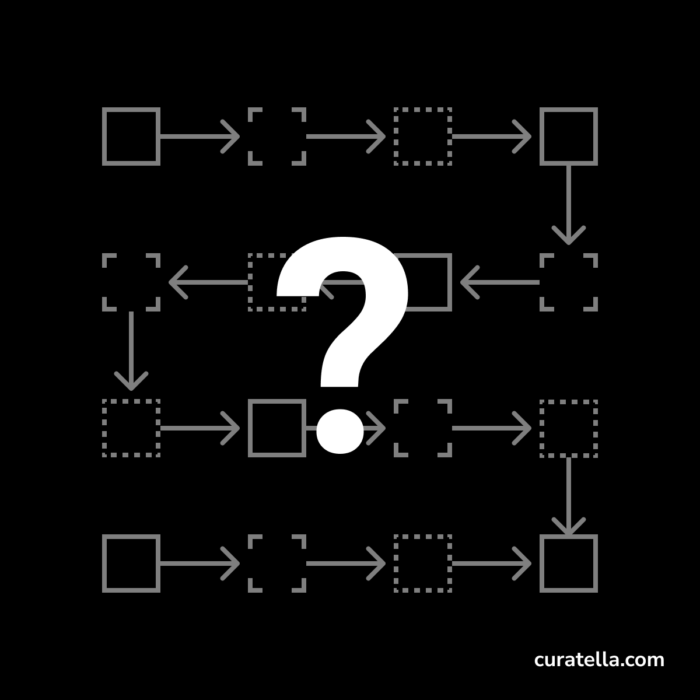This is another experiment in Learning Out Loud. I want to check my knowledge about the Customer Journey, a concept design tool to synthesize the path a person goes through to meet your brand, products, and services, buys them, use them, and ask for support.
WARNING: This is a learning exercise coming out of my mind without any reference. Wait for my assessment to see how it went. I warned you, okay?
Storytelling for design
A Customer Journey is a way to narrate the story of people becoming your customers. Stories are useful to share and discuss. We can understand better how somebody behaves if we tell a story about something they’ve done. We can also tell stories to imagine how a product could be used or designed following needs, desires and constraints.
Two moments in time: stories from the past and the future
A customer journey is a design tool that can be used for at least two purposes:
- capturing the story of a symbolic person meeting our brand and buying our product
- Imagining an ideal story of a target individual experiencing our brand from the beginning to the end
Our User Research activities determine the first. We have talked to potential and actual users, and we synthesize a model of the typical persona to whom we want to speak with our brand.
The story we want to tell has a narrative arc covering the usual phases through which you go through when buying something:
- I have a problem or a need, and I start looking for information about possible solutions.
- I make a list of potential candidates. I research characteristics and prices. I start to make up my mind about buying a specific product.
- I look for comparisons, reviews, and possible samples or demos.
- I finally decide to buy the most suitable product by going online or in a physical shop.
- I have it! I use it! I experience everything related to the solution promised by the product I’ve purchased.
- I refer to the support for help or maintenance.
- I dismiss the product because exhausted or because I don’t need it anymore.
For every ideal horizontal lane of this story representing the columns of a canvas, I can imagine rows covering different aspects:
- What I think
- What I feel
- Painful moments I might live, obstacles.
- Actions I take to pursue my goal for that phase.
- Opportunity to innovate the experience
Don’t take it too personally.
A persona is an ideal and symbolic person who could help the designers to refer to something tangible rather than too abstract. Sometimes we tend to give a physical aspect and credible characteristics like names, jobs, habits, but it could be excessively stretched and risky. A persona should be created by looking at the insights emerging by user interviews and other user research activities; otherwise, they are far-fetched, which could confuse our design direction.
A Customer Journey as a plan
The same matrix structure describing the story of an experience can express the intention we want to follow in our design. As a sort of blueprint, a model of what we want to build, a Customer Journey can represent the characteristics of the experience we are designing.
A Customer Journey is a living document, as many other design documents are, and the design team should keep it constantly updated. The as-is version with new insights coming from new user interviews and the to-be version with the refined specifications.
In a Human-Centred Design process, a Customer Journey is an essential tool to learn about potential users’ experience and communicate tangibly the experience we want them to have with our products and services.
WARNING: This is a learning exercise coming out of my mind without any reference. Wait for my assessment to see how it went. I warned you, okay?


